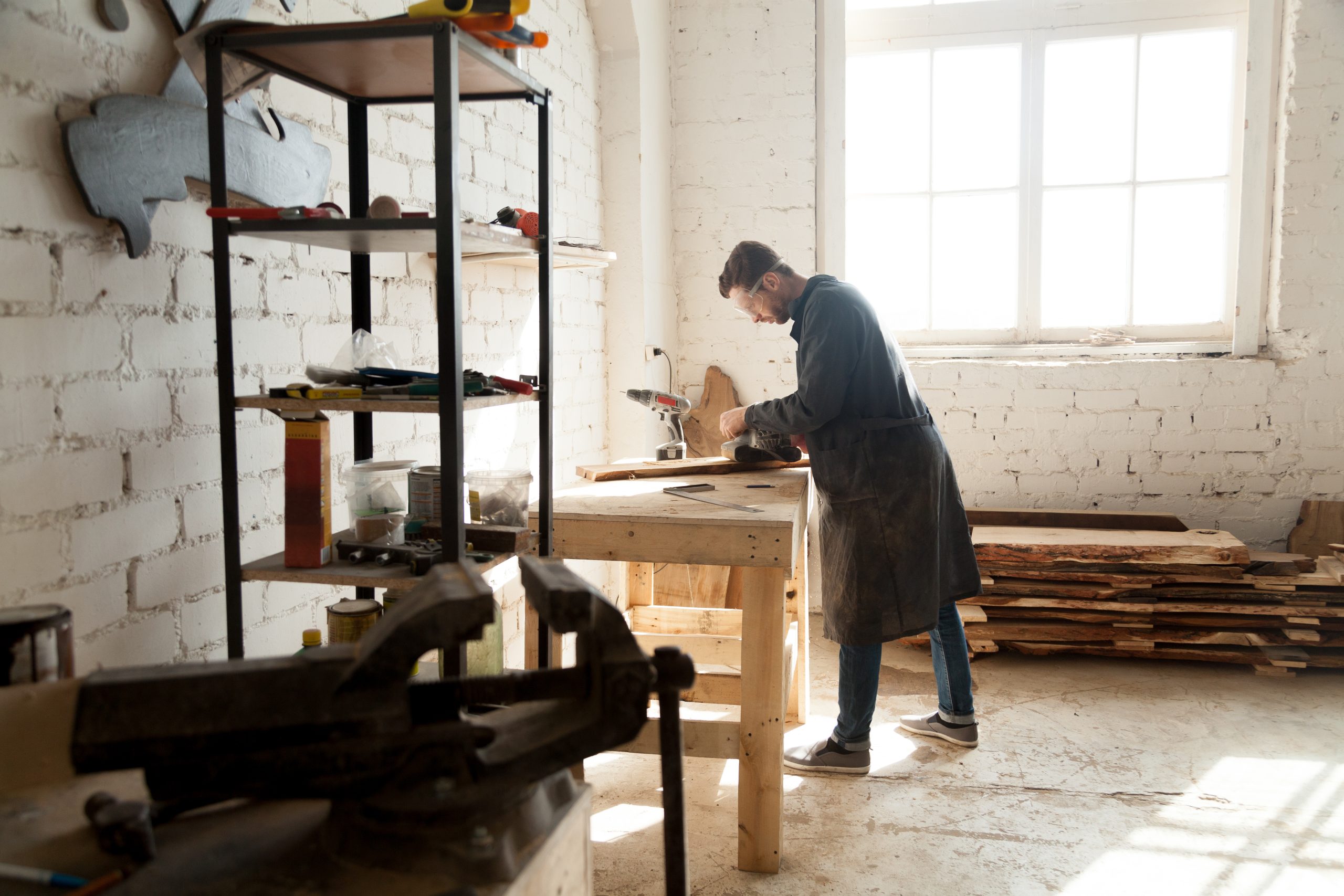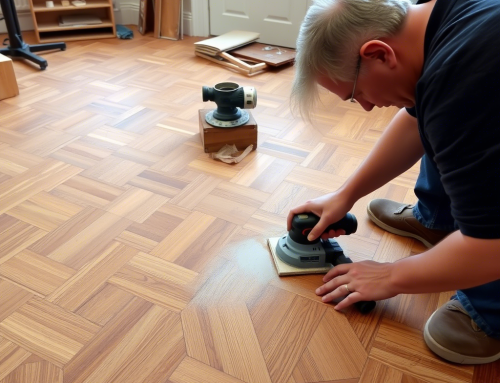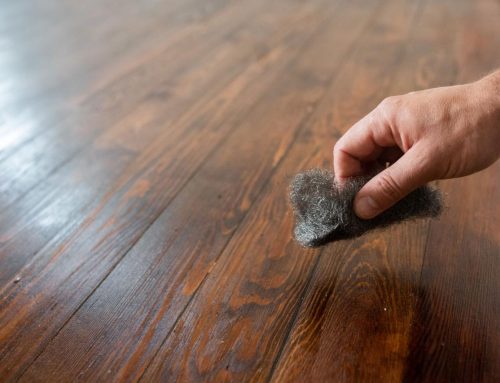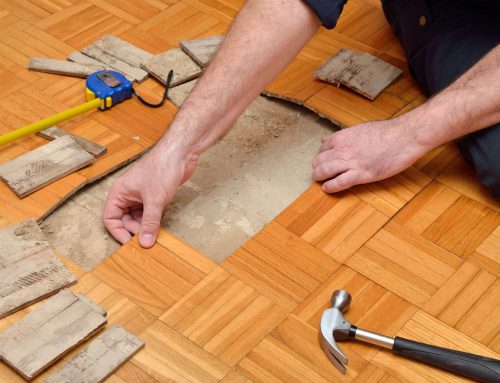Hardwood flooring is a timeless investment, transforming a space with its warmth and elegance. However, before embarking on this journey, it’s essential to understand Installation costs for hardwood flooring involved in the installation process. By being informed, you can make savvy decisions that not only fit your budget but also ensure long-term value for your property.
Installation Costs for Hardwood Flooring: What You Need to Know
Several factors influence the cost of installing hardwood flooring, and each one plays a vital role in determining the final figure.
Type of hardwood: Solid vs. engineered
The type of hardwood you choose is one of the most significant cost drivers. Solid hardwood, crafted from a single piece of timber, is often more expensive than engineered hardwood, which is made from layers of wood fused together.
While both offer durability and aesthetic appeal, engineered wood tends to be more budget-friendly, especially for areas prone to moisture, such as basements. For any issues with your floors, consider parquet repairs Liverpool to maintain their beauty and longevity.
Size and layout of the installation area
The larger the area, the more materials you will need, and the higher the labour costs. In addition, rooms with awkward layouts or features like staircases can require more time and effort, thus increasing installation fees. Open, simple spaces tend to be less costly to install, while intricate designs or multiple levels will see a jump in expenses.
Labour Costs: What to Expect
Labour costs are often a significant portion of hardwood flooring installation. Prices can vary depending on the region, the complexity of the job, and the installer’s level of experience. For an efficient and high-quality finish, consider Floor Sanding Liverpool to enhance the overall look of your hardwood floors.
Average labour costs per square metre
In the UK, labour costs for hardwood flooring installation typically range between £25 to £50 per square metre. This can fluctuate based on the intricacy of the design and the local market rates. Always get multiple quotes to ensure you’re receiving a fair price.
Removal of old flooring and disposal fees
If you’re replacing an existing floor, the old materials will need to be removed and disposed of. Some installers include this in their pricing, but others may charge an additional fee, so it’s wise to clarify this upfront.
Finishing touches: Trims, Mouldings, and Transitions
Finishing touches such as trims, mouldings, and transitions between rooms can sometimes be overlooked, but they are essential for a seamless and professional look. These elements can add to the overall cost, so make sure they are included in your budget.
Cost-Saving Tips for Hardwood Flooring Installation
Installing hardwood flooring doesn’t have to break the bank. With a few strategic choices, you can keep costs down while still achieving a stunning result. Consider options like floor sanding Liverpool to enhance the beauty of your floors without overspending.
Choosing the right time for installation
Timing your installation for slower periods, such as during the winter months or off-season, can sometimes result in lower labour costs. Installers are often less busy, which could mean discounts or quicker turnaround times.
Purchasing materials during sales or off-season
Keep an eye out for sales on flooring materials. Retailers often offer discounts during certain times of the year, such as end-of-season clearances. Buying your wood in advance when prices are lower can lead to significant savings.
Exploring alternative financing options
If paying upfront for your hardwood flooring feels daunting, exploring alternative financing options could help. Many companies offer payment plans or financing solutions, allowing you to spread the cost over time without incurring high interest rates.
Assessing your skill level and tools needed
Installing hardwood floors requires precision, patience, and the right tools. If you’re experienced with home improvement projects and have access to the necessary equipment, it might be worth considering. However, if you’re a novice, it’s easy to make costly mistakes that could negate any savings associated with Installation costs for hardwood flooring.
Step-by-step guide to DIY hardwood flooring installation
- Measure the room to ensure you have enough materials.
- Prepare the subfloor, ensuring it’s level and clean.
- Lay the underlayment.
- Begin laying the hardwood, starting at the longest, straightest wall.
- Stagger the boards for a more natural look.
- Use a mallet to secure the boards in place.
- Finish with trims and mouldings.
Common pitfalls to avoid for beginners
Beginners often struggle with uneven installations, incorrect board placement, or failing to acclimate the wood to the room’s humidity before installation. These mistakes can lead to warping or gaps, so take your time and seek help if needed.
Long-Term Savings: The Value of Investing in Hardwood Flooring
While hardwood flooring may come with a higher initial cost, the long-term benefits are undeniable.
Conclusion
Whether you opt for a professional installation or try your hand at DIY, hardwood flooring is an investment worth making. For specific needs, consider parquet repairs Liverpool. If you have any questions or need assistance, please Contact Us!




